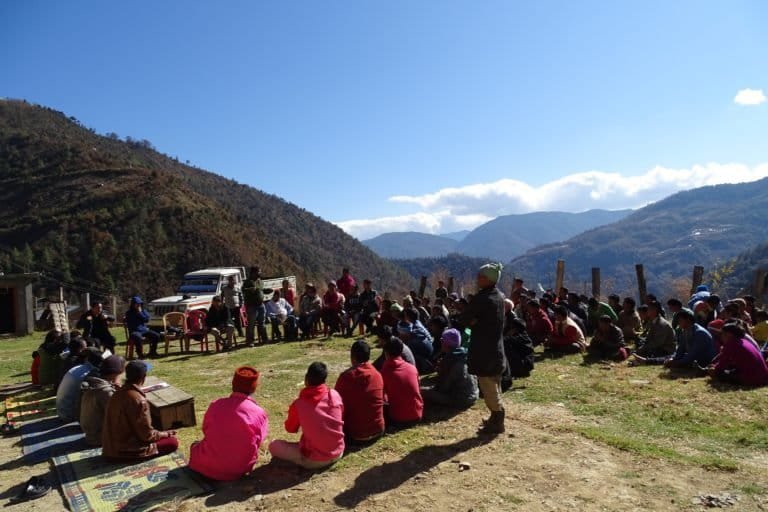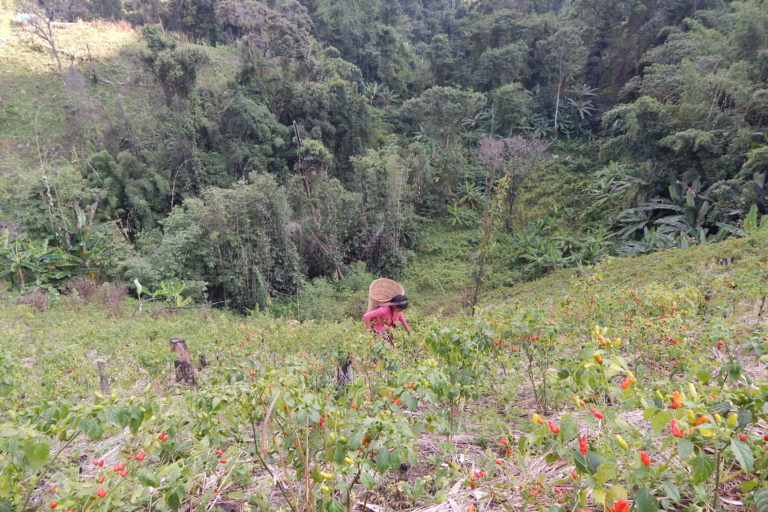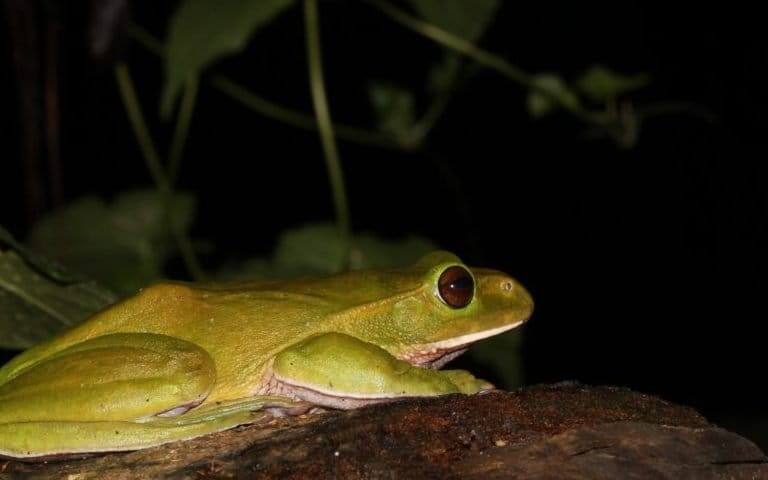Fourteen years after reports noting that India has two separate species of the gibbon - the hoolock gibbon and the eastern hoolock gibbon - a latest genetic analysis has now…
When Terde Yomcha brought Luba home, she was so tiny that she could fit in his hands. Luba is an Asiatic black bear cub—a species threatened by illegal wildlife trade…
On an early afternoon on February 2 this year, a lone Mandarin duck (Aix galericulata) was spotted in Maguri beel (Maguri wetland) in Assam in northeast India, close to the…
Seated on a carpet on the floor of the Buddhist monastery in Itanagar, Phuntsok Wangchuk cuts a lonely figure on this particular Friday morning. With a rather flimsy surgical mask…
Land-use changes in the western Himalayan forests, a global biodiversity hotspot with huge numbers of endemic species, have resulted in a massive decline in forest birds in the region, new…
During the monsoon season of 2011, H.M. Yeshwanth, a doctoral student studying insects, browsed the bushes of the thorny Acacia catechu plant in Hesaraghatta near Bengaluru, Karnataka and came across…
As authorities race to rescue people trapped in Uttarakhand, following a devastating landslide-induced flash flood on February 7, scientists have called for deciphering the possibility of glacier-related hazards and enhance…
Reconstruction of 700 years of the Brahmaputra river’s water flow in the monsoon season, based on tree-ring data, suggests that the transboundary river’s real flood risk is likely an underestimate…
Coral reefs feature prominently in today's climate change discourse. Studies have shown how warming oceans worldwide cause corals to bleach: they lose the algae that give them their colours, become…
In 2019, budding ethnobotanist Momang Taram and her friend Ojar Taku were scouting the Siang river valley in Arunachal Pradesh for flowering plants belonging to a specific family. “Then suddenly…
A 15-year-old community conserved area (CCA) model followed in Western Arunachal Pradesh has helped in involving the villagers in conservation initiatives in forests that lie outside protected areas by ensuring…
“We thought otters were cats who came from the jungle and ate fish. We did not know much about otters,” recalls K. B. Rai, a homestay owner in East Sikkim,…
Floods which are a recurring phenomenon in the northeast Indian state of Assam have hit the state heavily this year but healthcare workers have risen to the occasion serving the…
Shifting cultivation continues to be a predominant agricultural practice in many parts of India, despite state discouragement and multipronged efforts to wean indigenous communities away from it. Their land, due…
Bidarva Rajkhowa, a pig breeder, is a worried man these days. Despite his best efforts, he couldn’t keep the dreaded African Swine Fever (ASF) away from his Rajkhowa Pig Breeding…
The forest advisory committee (FAC) of the Indian government’s Ministry of Environment, Forest and Climate Change (MoEFCC) has dismissed numerous representations that warned against irreversible damage to ecology if the…
Indian scientists are building a DNA database for red panda populations in the country, even as a report warns of “serious threats” to the bushy-tailed and chestnut-furred animals. The main…
From a bird’s eye view, this animal’s extensive presence in the snow-clad alpine and the subalpine Himalayas makes the landscape look like a crumpled white sheet punctuated with shaggy black…
Hornbills disperse more than 90 percent of the seeds of the fruits they consume, and the larger-bodied great hornbills and wreathed hornbills can disperse seeds more than 10 km away…
Reptiles such as chameleons are famed for changing their colour and amphibians such as frogs often escape the radar. Not this time though. Researchers at a tiger reserve in the…

























